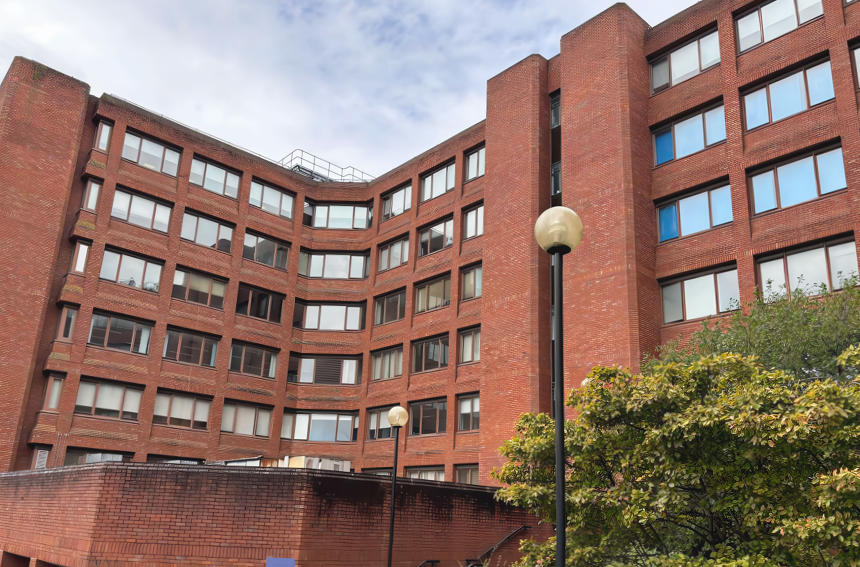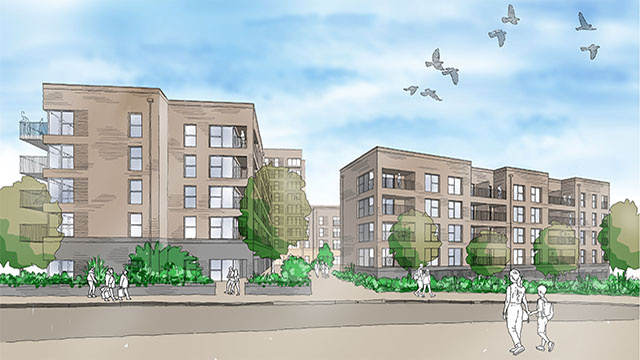Highway – Dedication – Respondent seeking to access cul-de-sac across land belonging to appellants – Appellants ordered to permit access on ground that land subject to public vehicular rights as highway – Whether evidence on which possible to infer dedication and acceptance as highway – Appeal allowed
The respondent wanted to erect a garage at the rear of his house, which required the opening up of a vehicular access between the back of his property and a private road leading out of a cul-de-sac. The access route crossed land that belonged to the appellants, who were unwilling to permit the access. The respondent brought proceedings for injunctions to stop the appellants from preventing his access on the ground that the disputed land was subject to public vehicular rights as a highway.
The parties’ properties lay within an estate that, as originally laid out in the 1870s, had consisted entirely of private roads. Although some of the estate roads had been adopted as highways in the 1950s, the cul-de-sac had not been included in that process. In 1987, residents of properties in the cul-de-sac had paid for the roadway to be widened and to be given a metalled surface. In the same year, the appellants, who wanted to incorporate the disputed land into their garden, had applied to the local council for planning permission for a “change of use from unadopted highway to private garden”; that permission had been granted. The appellants subsequently fenced the land and the council informed them that they needed to apply for closure of the highway, although that application did not proceed.
The respondent relied on, inter alia, the fact that the council considered the disputed land to be a highway. By a defence and counter-claim against the respondent and the council as Part 20 defendants, the appellants sought a declaration that the land did not form part of the highway and an injunction against trespass. In the county court, the district judge found that the land was a public highway useable by vehicles and allowed the respondent’s claim. The appellants appealed.
Held: The appeal was allowed.
It was for the party that asserted that a highway existed to prove its existence and extent. Although dedication as a highway and public acceptance could be implied, it was necessary to present evidence from which an intention to dedicate and the acceptance of the dedication by the public could reasonably be inferred. There was no basis on which a dedication as a highway or an acceptance by the public could be inferred in the instant case. The history up to 1987 was inconsistent with the cul-de-sac having had, or acquired, the status of a highway and the 1987 improvements did not show any change in its status. The district judge had attached too much importance to the statement in the appellants’ planning application and the fact of the closure application, both of which were based on a misapprehension. She had failed to address the central question of when and how the cul-de-sac might have become a highway and on what evidence the necessary dedication and acceptance could be inferred. The fact that land had been described as a highway by a party that had an interest in showing that it was not did not avoid the requirement to examine the relevant facts to establish whether the statement was correct. A case of implied dedication and acceptance that did not rely on public use of the supposed highway would be very unusual and a proposition that this had happened would require critical examination. The proposition did not stand up to a scrutiny of the facts in the instant case. The cul-de-sac had not changed from its private land status over which frontagers had private rights of vehicular access and there was no public vehicular right.
Stephen Sauvain QC (instructed by Boote Edgar Esterkin, of Manchester) appeared for the appellant; David Manley QC (instructed by Walker Morris, of Leeds) appeared for the respondent.
Sally Dobson, barrister







